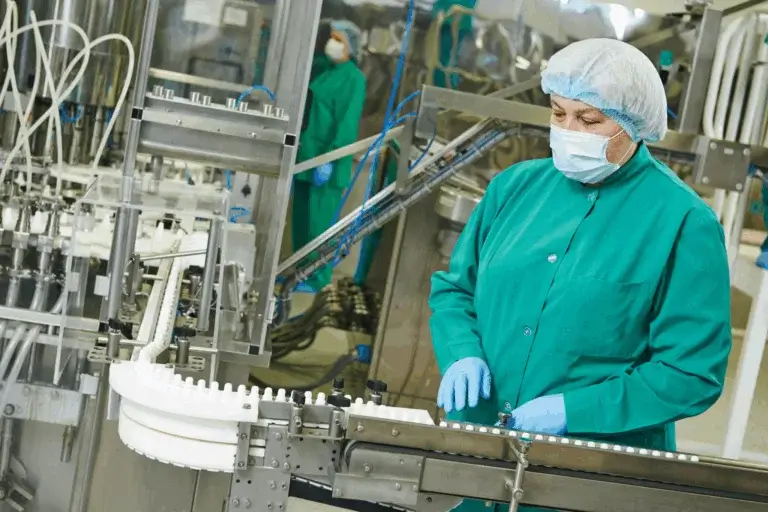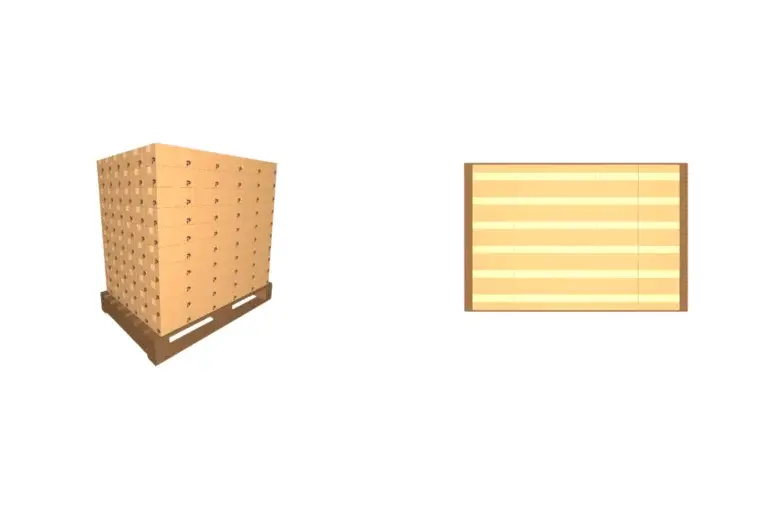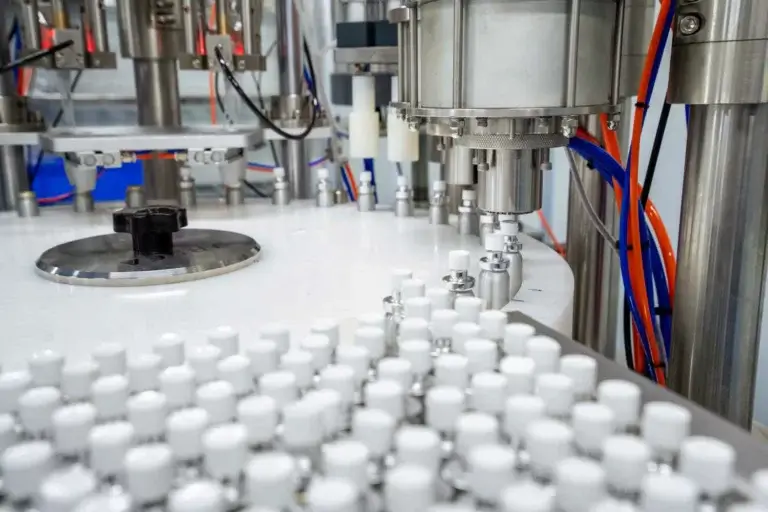Introduction
Infrared thermometers are devices ofself-diagnosis essential for rapid, non-contact measurement of the body temperature. As aagent ofpharmaceutical factory, it is crucial to master the use of these devices and the best practices for their storage and order management. This guide provides a comprehensive overview of how to use the infrared thermometers, storage conditions and inventory management strategies for pharmaceutical groups and laboratories.

Using Infrared Thermometers
Types of Infrared Thermometers
- Infrared Forehead Thermometers :
- Components : Digital screen, infrared sensor, measurement button.
- Use : Non-contact measurement of the forehead temperature, suitable for home and clinical use.
- Infrared ear thermometers :
- Components : Ear tip, infrared sensor, digital screen.
- Use : Measurement of temperature in the ear canal, mainly used in clinical settings.
How to use it
- Preparation :
- Make sure the sensor is clean and free of obstructions.
- For the forehead thermometers, the patient's forehead should be dry and free of sweat or dirt.
- Measure :
- Forehead thermometer : Place the sensor about 1-3 cm from the forehead and press the measurement button. Wait for the device to beep to read the displayed temperature.
- Ear thermometer : Gently insert the tip into the ear canal and press the measurement button. Remove the thermometer after the beep and read the displayed temperature.
- Interpretation of results :
- Normal temperature: About 36.5°C to 37.5°C.
- Higher temperatures may indicate fever, requiring medical monitoring.
Storing infrared thermometers
General storage conditions
To ensure the longevity and accuracy of infrared thermometers, follow these storage conditions recommended by our partners in Asia and Europe:
- Temperature : Maintain a stable room temperature, between 15°C and 25°C.
- Humidity : Keep the devices in a dry environment, with a relative humidity between 30% and 70%.
- Protection Against Light: Store thermometers away from direct sunlight to prevent component degradation.
- Cleanliness: Make sure the storage area is clean and dust-free.
Inventory management
Thanks to our collaborative solutions with international partners, we offer optimal strategies for inventory management:
- Stock Rotation: Use the FIFO (First In, First Out) method to prevent devices from remaining in stock for too long.
- Quality Control: Perform regular checks to ensure that thermometers are working properly and have not suffered any damage.
- Product Registration: Keep a detailed record of stock receipts and issues, including serial numbers and receipt dates.
Specific conditions
There are some specific features to consider depending on the type of infrared thermometer. Our partners provide guidelines for each type of thermometer:
- Forehead thermometers:
- Store devices in their original boxes for optimal protection.
- Avoid prolonged exposure to extreme temperatures.
- Ear thermometers:
- Ensure ear tips are stored separately to avoid contamination.
- Check the infrared sensors regularly to ensure they are working properly.
Conclusion
Infrared thermometers are essential products for monitoring body temperature. As aagents ofpharmaceutical factories partner of pharmaceutical groups and laboratories, we offer a efficient inventory management and orders. By following the recommendations in this guide and leveraging our international network of partners in Asia and Europe, pharmaceutical groups and laboratories can guarantee quality service, optimize their stocks and contribute to public health.






